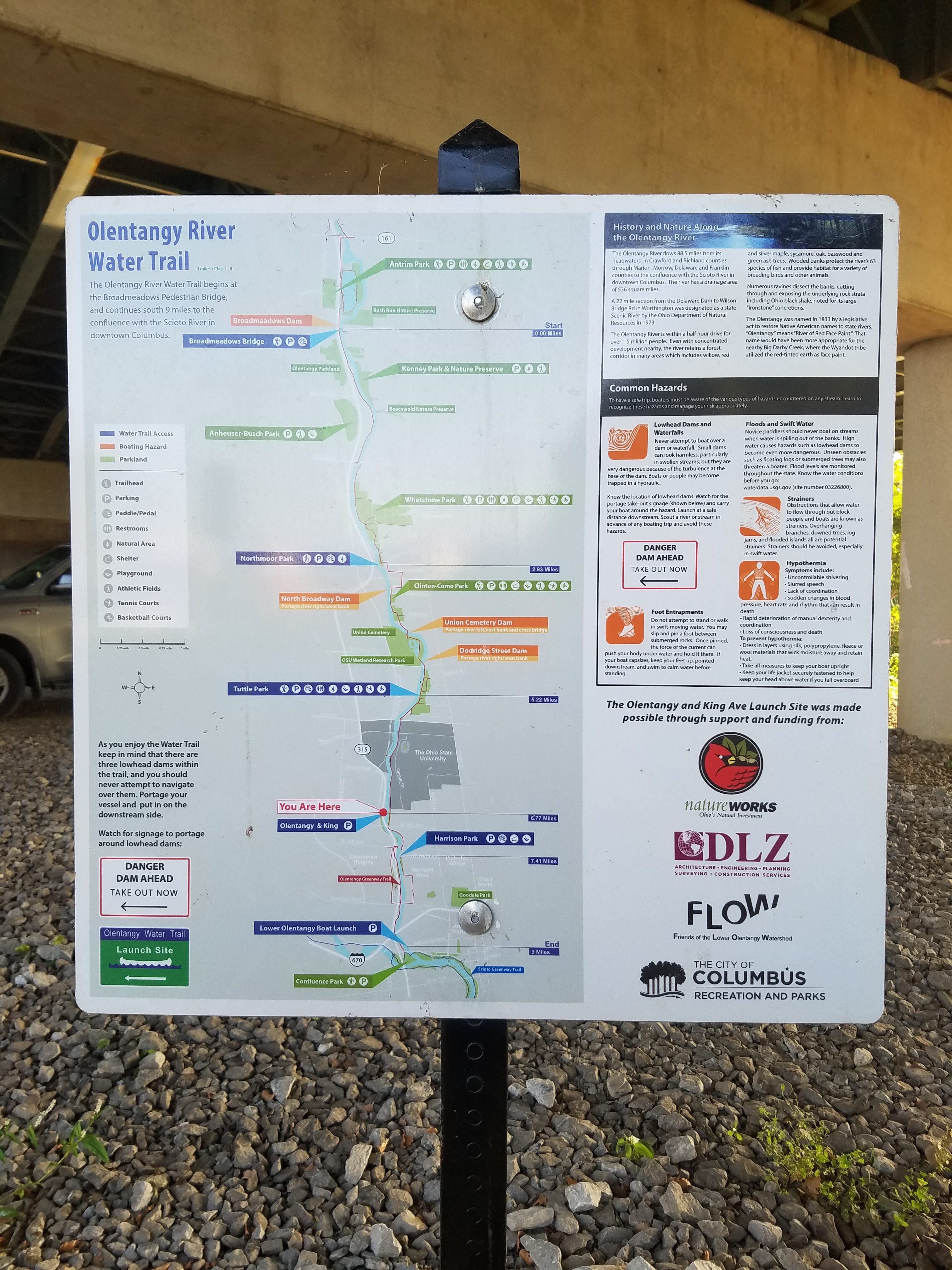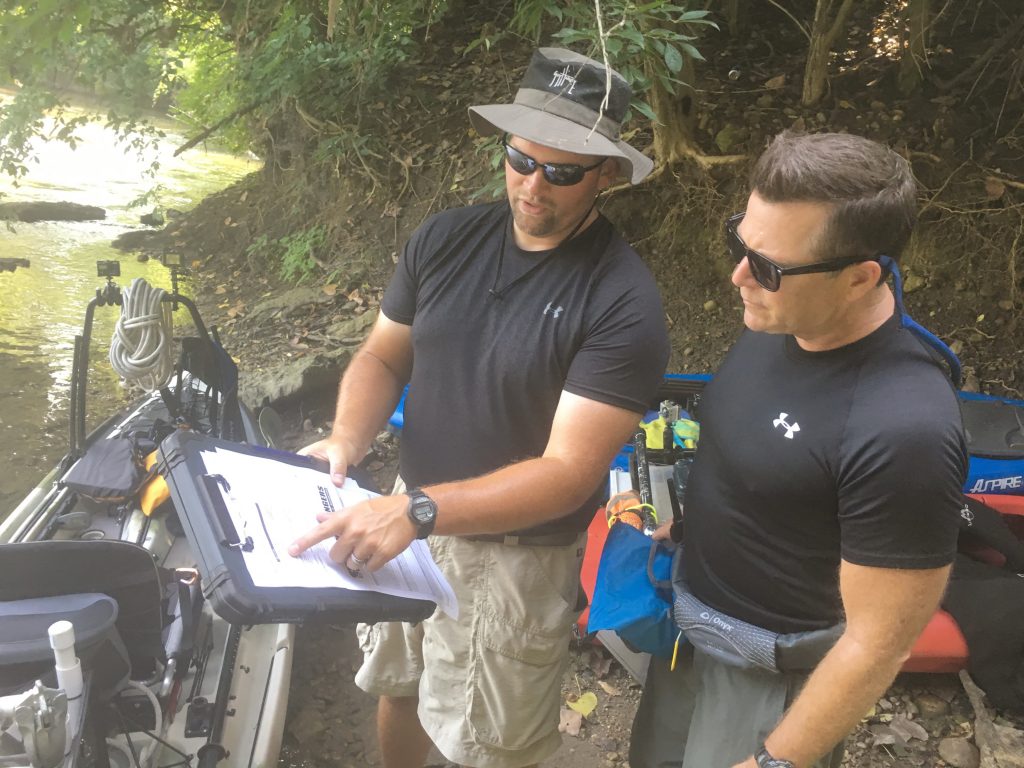The summer season is nearly over, but it is never time to slack in your safety planning. Over this past holiday weekend, there were numerous reports of paddlers needing rescued. Some were on flat water lakes, others were on shallow rivers. Although there were differences in circumstances, there is one thing that is true for all of these situations over the weekend.
Safety Planning
We have talked frequently about the importance of safety planning, but in light of recent events, it seems to be something that we need to discuss further. Knowing the area you plan to paddle is highly recommended. Familiar water can be a better choice from a safety planning perspective. Many paddlers like to explore new territory. In this case, having a local guide show you around may be an option to familiarize yourself with the layout. However, you cannot always visit a new location with a guide. In many cases, you need to scout the location you plan to paddle. Click here to learn why scouting is so important. The best way to do this is from land. You should also compare what you see from your scouting to a map and keep one with you at all times.
Maps

Maps are an often overlooked and easily forgotten piece of the paddler’s arsenal. Maps help you understand the lay of the land (or water) as you venture out. Where they are really helpful in safety pl
anning is for a specific trip, or recovery in the event of an emergency. Maps may be a critical component of a float plan which you should leave with a trusted friend or family member every time you paddle.
Your float plan should include everything you need to let potential rescuers know where to look for you should you fail to return to a specified location at a specified time. This essential document is literally the map to find you in an emergency. Click here to read more about float plans and to download the float plan the RIVER RANGERS™ use.
PFDs
One thing I want to point out is that in several of these recent cases, the people involved were wearing their PFDs. That is a good thing for safety planning. RIVER RANGERS™ always encourage people to wear their PFD when paddling, even if not required. But why is it so important for an experienced paddler and strong swimmer to wear? The reality is that situations can change in an instant. I saw last week a healthy young man succumb to heat exhaustion and faint. Had he fallen from his boat, his PFD may have prevented him from drowning. The opposite is true as well. Should a person suddenly fall into cold water, it is common to tense up and many people inhale the cold water as a natural reaction to the cold.
The point is that there are many situations where a healthy, responsible person would benefit from wearing a PFD. Click here to learn about the types of PFDs as classified by the USCG. I’m sure you can already see how someone who is intoxicated or otherwise impaired would also benefit from a PFD. The sad truth is that in most cases, when rescue is needed, the prospects are quite grim for anyone not wearing their PFD. It is obvious that in these situations, safety planning is not the top priority.
Knowledge, Skills and Abilities
There is so much more to safety planning that I could probably write a book on the subject. Hey, there is an idea. So let me bring this article home by focusing on three factors that play a role. Knowledge is an u
nderstanding of your surroundings, the equipment you have and the conditions you face. Another way to consider knowledge is the cerebral or academic portion of the trip. Have you thought everything through? RIVER RANGERS™ implement a SEE inspection before every float. SEE stands for Situation, Equipment, Environment. We always perform an assessment of each of these areas in addition to our regular safety checks.
Skills are the specific knowledge set around a task. Similar to abilities, which I will discuss momentarily, skills include basic paddling, selecting the right pfd, reading a map, filing your float plan, etc. Skills are also things like tying knots, paddle selection and communications. Skills are combination of knowledge and physical ability to perform a specific action.
Abilities are the combination of the knowledge and skills. I see abilities as the real world application of the knowledge and skills. First you need to know how to paddle (knowledge), then you need be able to paddle(skill), then you actually go on the water and paddle on the water(ability). You may know how to paddle and turn your boat or SUP, but can you do it efficiently in a real world environment such as rapids on a river? That is where the abilities come into play.
In Summary
It is so easy to over look safety planning when the weather is great, or you have time constraints. The reality is that safety planning is the most important thing you can do for you and your family or group. Always take the time to over plan for safety. Wear a PFD at all times, know the location and the conditions, and make sure to leave a float plan. Don’t find yourself wishing you had done more. Be safe, and we will see you on the water.

